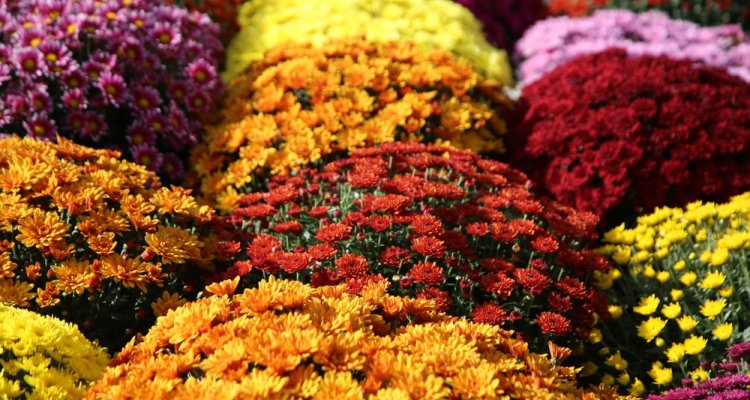
Project
LWV23103 Future-proof and biocontrol-based chrysanthemum production along the international value chain - BO-69-001-012
The greenhouse horticultural sector is facing the huge challenge of gradually abandoning its reliance on chemical pesticides. In the international value chains of floriculture crops, with the production of cuttings taking place in East-Africa and the rooting of the cuttings and production of flowers taking place in the Netherlands, the transition from chemical control towards biological control is still skewed. To date, Dutch companies that are located in East-Africa and grow mother plants for cutting production have not been able to establish ‘standing armies’ of predators in their greenhouses. This renders the biocontrol of thrips (as well as other pests) ineffective.
Apart from the unavailability of additional food, the high (fluctuations in) greenhouse temperature and the constant harvesting of the cuttings from the mother plants may also pose a challenge for predator establishment. As a consequence, (broad-spectrum) pesticides are still being used. Moreover, when the cuttings are also infested with thrips, the biocontrol efficacy in the flower production phase in the Netherlands is even further complicated. In addition to thrips, the control of aphids is becoming an increasing challenge in many horticultural crops in the Netherlands. This is due to a reduction in the availability of chemical control products and a concurrent surge in aphid resistance towards remaining chemical substances. In crops like chrysanthemum and many species of potted plants, the short cultivation times and the harvest of complete plants (= low tolerance for pests) pose an extra challenge for biological aphid control.
Weekly releases of Aphidoletes aphidimyza and parasitoids don’t suffice, partly due to interference by predatory mites that feed on Aphidoletes larvae and hyperparasitoids that prevent the establishment of parasitoids. Furthermore, in the flower production phase of short-day crops like chrysanthemum and kalanchoe, aphid predators that are diapause-sensitive cannot establish.
In this project
a) new strategies will be developed for the establishment of ‘standing armies’ of generalist predators in the cultivation of mother plants in East-Africa based on (new endemic) species that are tolerant to high (fluctuations) in temperature, and
b) a ‘first line of defense’ will be developed against aphids and thrips in the rooting and flower production phases in the Netherlands based on new and existing diapause-free generalist predators that (also) feed on small aphid colonies.
For the development of these new biocontrol strategies, the international value chain of cut chrysanthemum will be used as a model system. The main cutting production locations of Dutch chrysanthemum breeders are situated in Uganda (UG), with one breeding company operating in Tanzania (TZ).
Attention will be paid to the translation of the newly developed biocontrol strategies to other crop species, as well as to their integration and evaluation in the broader context of chrysanthemum cultivation conditions, complementary IPM strategies, and the laws and regulations in the various links of the international chrysanthemum value chain. Moreover, the environmental footprint of future scenarios for a biocontrol-based chrysanthemum chain will be evaluated.